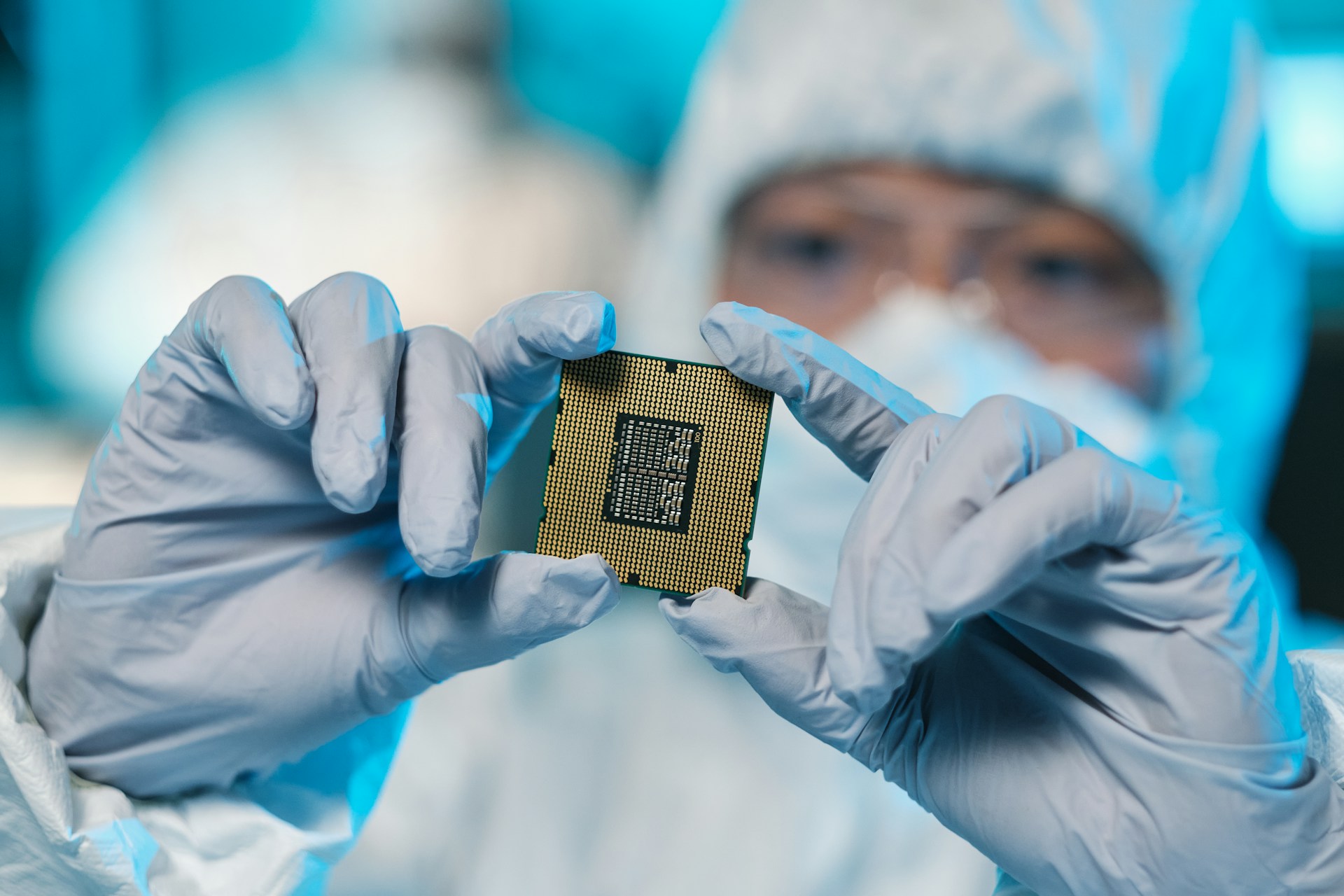In a discreet escalation of export-control enforcement, US authorities have begun embedding tracking devices into select shipments of advanced AI chips destined for regions under trade restrictions. These measures target high-performance processors from Nvidia and AMD, often housed in Dell and Super Micro servers, to monitor and deter illicit diversions, particularly into China. The trackers, sometimes concealed within packaging and other times integrated into the hardware itself, allow agencies such as the Department of Commerce’s Bureau of Industry and Security to trace shipments and gather evidence for prosecution.
The strategy builds on established methods long used to safeguard sensitive goods like aircraft parts, but its application to semiconductors underscores the growing strategic importance of AI hardware. In one 2024 case, both large external trackers and smaller embedded units were deployed to follow a consignment of servers carrying export-restricted chips, revealing routes that bypassed official approvals. Reports suggest resellers in China have become increasingly alert to these tactics, actively checking shipments for concealed devices.
This physical monitoring complements ongoing legislative efforts in Washington, including proposals such as the “Chip Security Act,” which would mandate on-chip location verification systems for AI processors subject to export controls. The White House has also weighed similar requirements, signalling an intent to combine legal authority with technical safeguards to maintain oversight of advanced technology flows.
For the global technology sector, the implications are profound. Supply-chain stakeholders, from manufacturers to logistics providers, may need to adjust compliance protocols, enhance documentation, and prepare for more intrusive inspections. While supporters argue these measures are essential to protect national security and prevent unauthorised AI capabilities, critics warn of the potential for geopolitical escalation and perceptions of surveillance.
As competition over AI technology intensifies, embedding trackers in chip shipments represents more than an enforcement tool; it is a statement of intent. By physically following the movement of critical hardware, the US is signalling that in the contest for technological advantage, control will not rest solely on regulations but on the capacity to see, track, and respond in real time.


